Lake Titicaca is the highest navigable lake in the world and it is worth visiting to discover its stunning landscapes.
However, this lake, which spans the current territories of Bolivia and Peru, is a place of profound significance for the indigenous cultures that have inhabited and continue to inhabit it.
How the lake was born
According to mythology, Lake Titicaca was a fertile valley where happy men lived, protected by the mountain gods called Apus.
There was a condition to enjoy this paradise: they could not climb to the top of the mountain, where the Sacred Fire burned. But since the devil could not bear to see so much happiness, he incited man to do the forbidden: climb to the top of the mountain. Then the Apus released the pumas that devoured the entire population except for one couple who, aboard a reed boat, managed to save themselves and witness everything that had happened. Faced with such a tragedy, the Sun God cried for 40 days and 40 nights, thus creating Lake Titicaca.
As a result of the flood, the pumas turned into stone. And that is the origin of the lake’s name because Titi means puma and Kaka means stone. It is “the lake of the stone pumas.”
Copacabana
This coastal city is the main port on the Bolivian side of Lake Titicaca. It is a good starting point for exploring the Island of the Sun and the Island of the Moon, which feature sacred Inca archaeological sites.
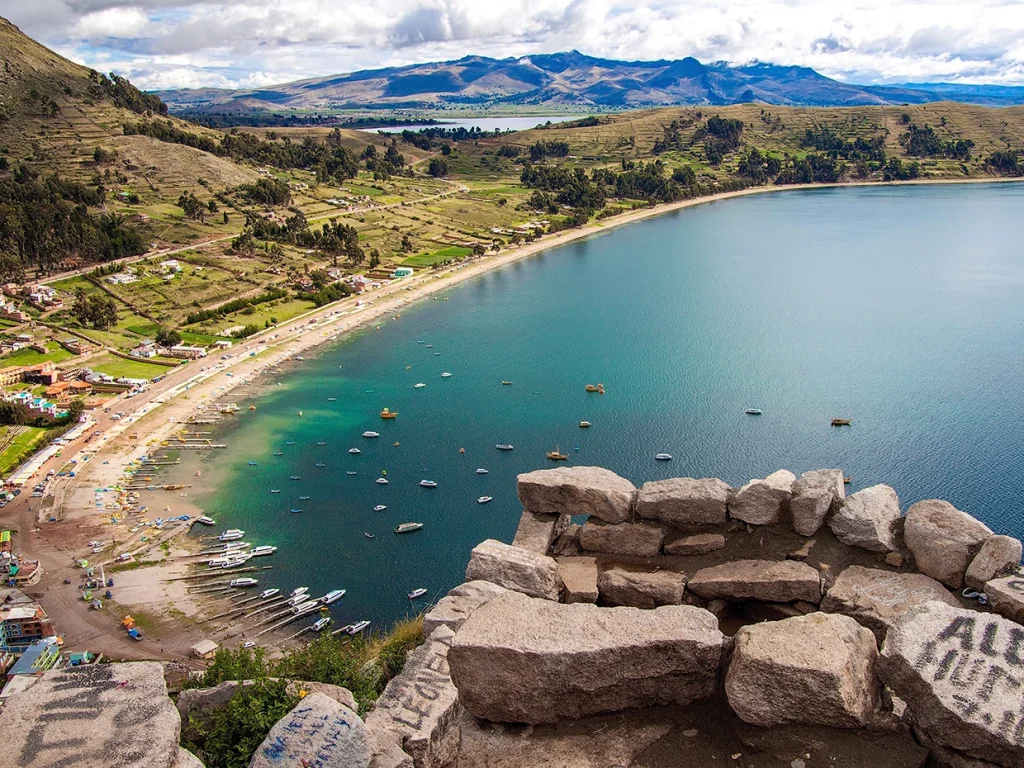
You can visit the Basilica of Our Lady of Copacabana, the local handicraft market, and try some of the delicious regional dishes here.

Sailing at high altitudes
I already told you it was the highest navigable lake, and if you visit, you will sail… at over 3800m above sea level!
From here, boats depart to sail to the Island of the Sun and the Island of the Moon. As soon as you approach the dock, they will offer you various boat tours. Most depart in the morning. There are options for all tastes, from guided sightseeing tours to more adventurous trips in small boats.

Where the sun was born
Another myth tells us that the god Viracocha emerged from the depths of Lake Titicaca to create the sun, the moon and the stars. The Incas believed they were the chosen people of Viracocha, forever linked to the sacred lake.
The island of the sun
If you are staying in Copacabana you can go to the island by ferry which takes approximately two hours one way and two hours back.
Another option is to stay on Isla del Sol. The island of the sun is the largest island in the lake and in Inca times it was a sanctuary with a temple with priests dedicated to the Sun god or Inti On the island you can visit pre-Columbian ruins, walk along scenic trails, and enjoy spectacular views of the lake and surrounding mountains.
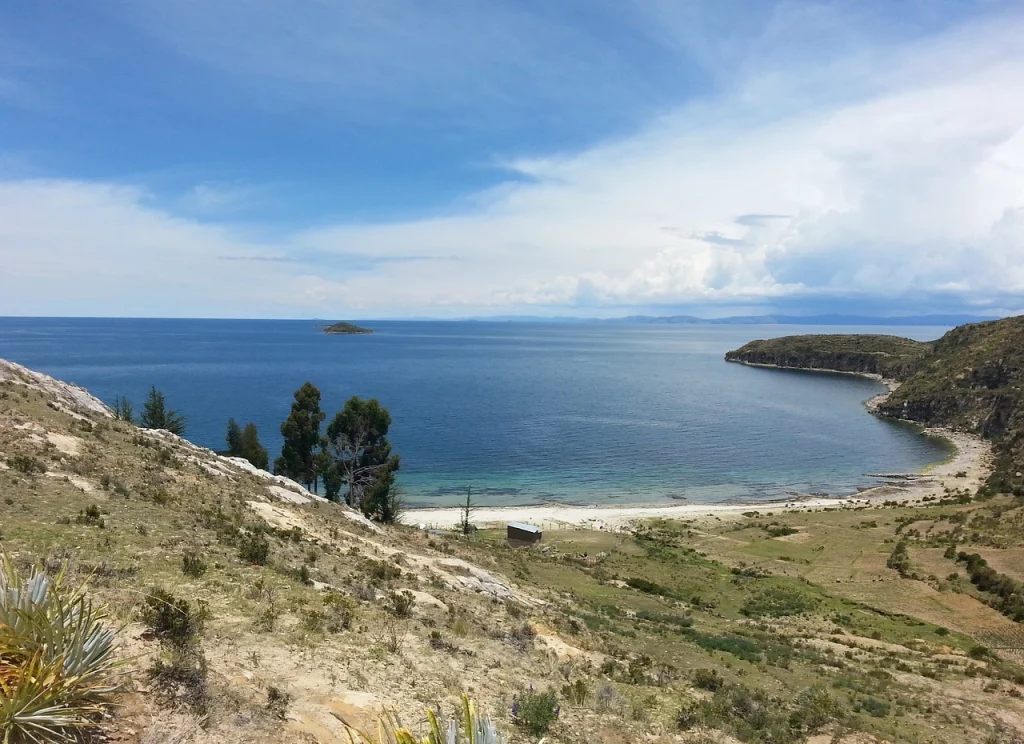
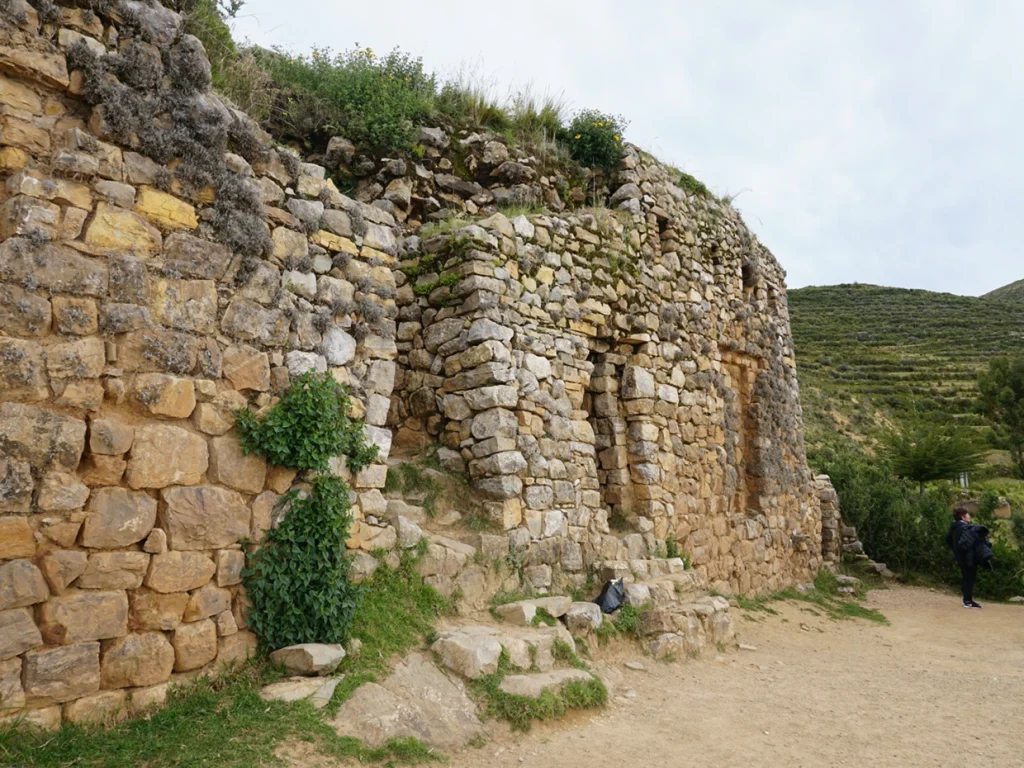
Moon Island or Koati
The same ferry that goes to the Isla del Sol, you can visit this island which is another sacred island in Lake Titicaca and is home to ancient temples and monasteries from the Inca era. The site was an acllahuasi or house of the chosen ones, where women learned various trades, especially weaving.
These could become the secondary wives of the Inca; It is also said that they could be used for sacrifice. Only the Inca emperor could enter the island. Currently, a few families of Quechua and Aymara origin live on the island dedicated to agriculture, shepherding and selling crafts to visitors, but you cannot spend the night on this island.
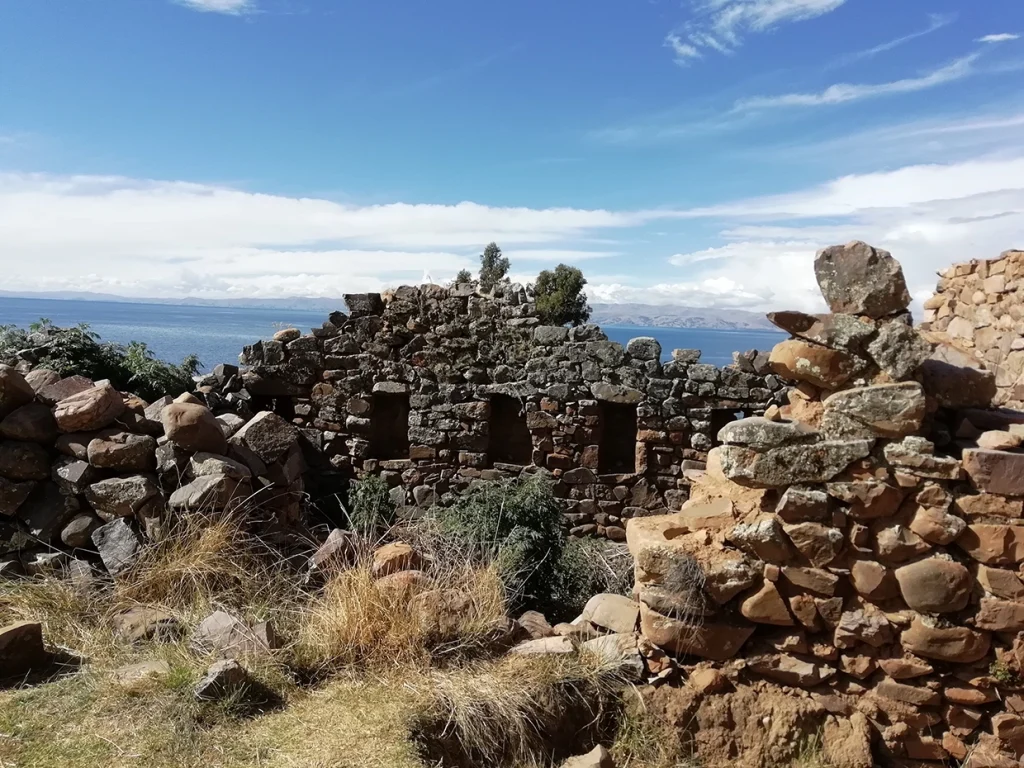
San Pedro de Tiquina
It is a small city located in the department of La Paz, on the eastern coast of Lake Titicaca. It is relevant because it is the main crossing point for vehicles traveling from La Paz to Copacabana. The Tiquina Strait, which is a natural channel approximately 800 meters wide, divides the lake into two parts. The strait is too narrow for vehicles traveling on the highway connecting La Paz to Copacabana, so vehicles must be transported by rafts across the strait.

Huatajata
This town is known for the manufacture of reed rafts and for having one of the most beautiful panoramic views of Lake Titicaca. It is located on the route that goes from the city of El Alto to Copacabana.
You can also get acquainted with the herding of llamas, alpacas and vicuñas, as well as weaving and spinning by native women. There are some clay igloos, which are a recreation of the Urus-Chipaya culture, that can be visited in this town.
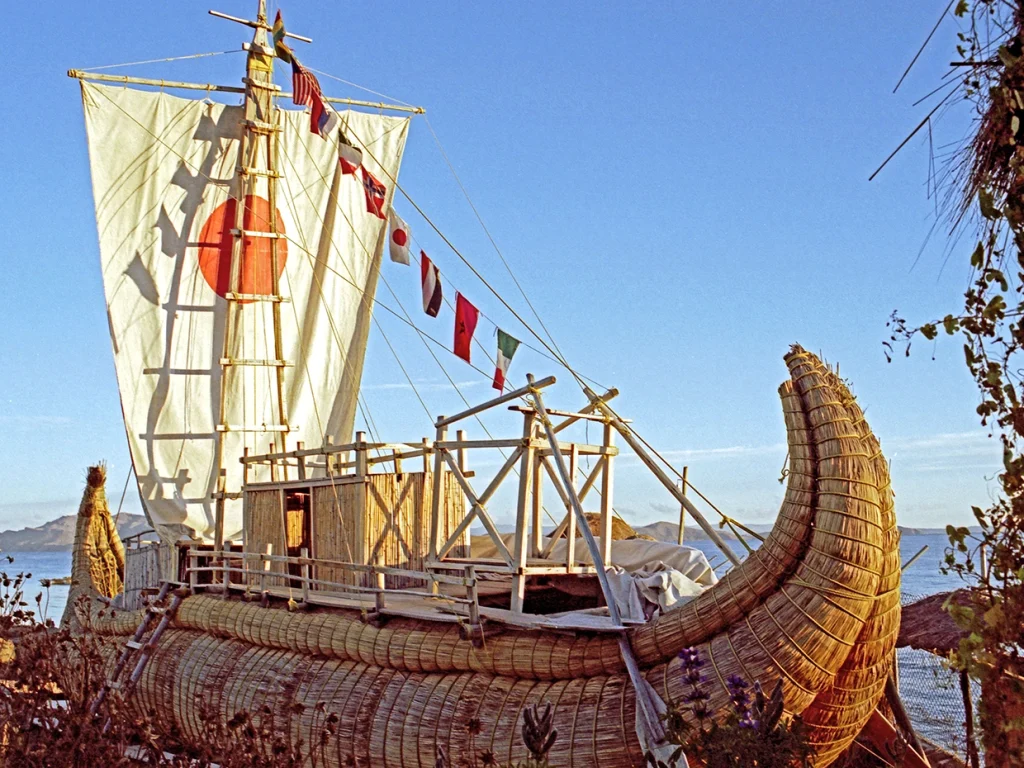
From Copacabana to Puno (Peru)
This trip around Lake Titicaca is told from the experience of staying in Copacana. The main Peruvian city on the lake is Puno and it is possible to reach it from Copacabana. One option is to go by car (it is a trip of approximately two hours), the other is to take a bus which is a trip of 3 and a half hours. In both cases, the variable time that border procedures may take must be taken into account.
FAQs

How to get to Titicaca?
From La Paz. By bus and ferry crossing to Copacabana the total is almost 8 hours.

Lake Titicaca: culture, myth, and landscape make visiting it a unique and unforgettable experience.



